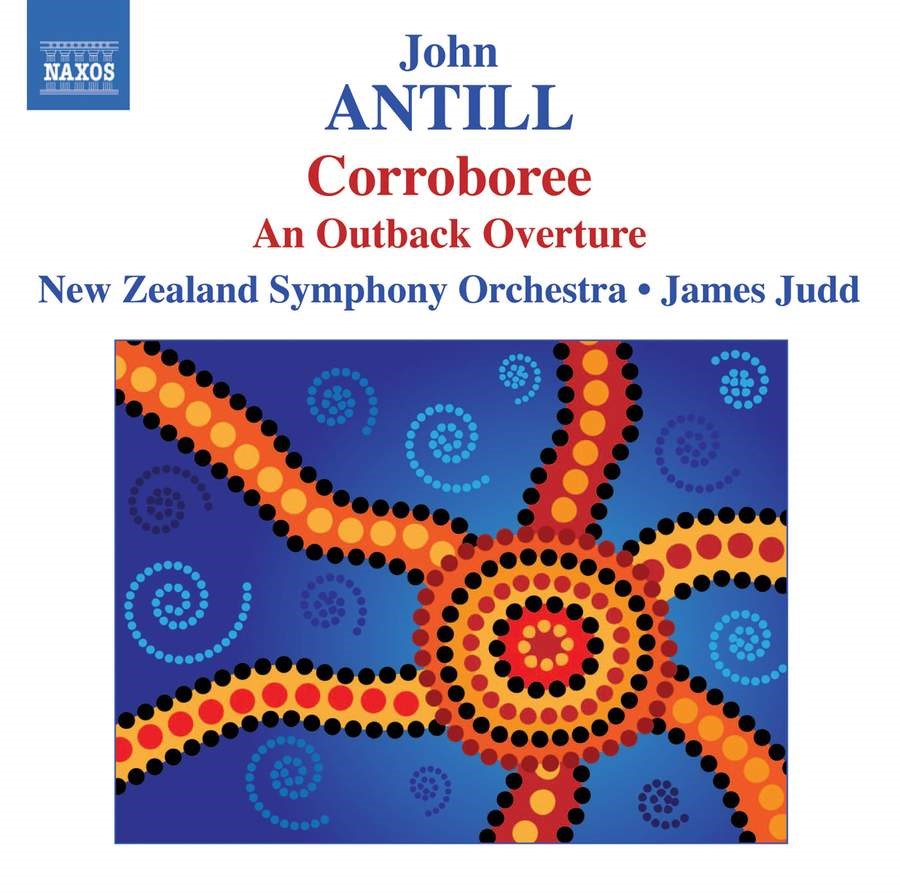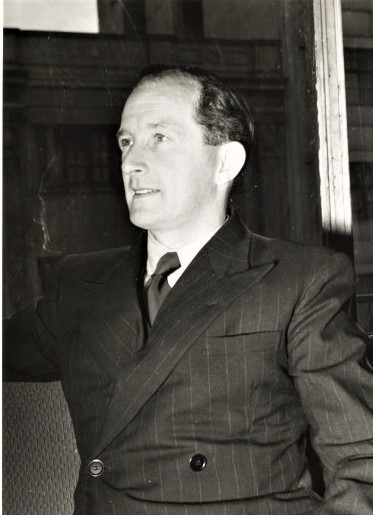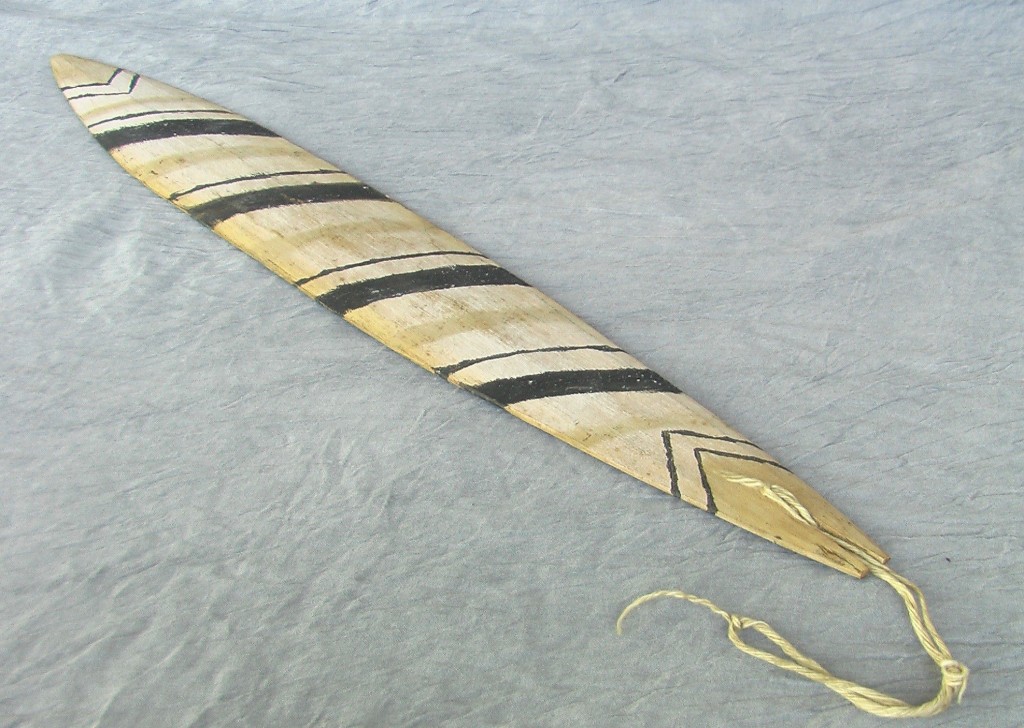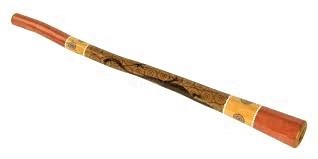
Grove Koger
April 29 is the anniversary of the birth of Australian composer Peter Sculthorpe, who died in 2014.
I wasn’t familiar with Sculthorpe’s name until I began researching the music of an Australian composer of an earlier generation, John Antill, and his rousing composition Corroboree. That famous work recreates the experience of an Aboriginal dance ceremony and incorporates an Aboriginal instrument, the bullroarer.

Like Antill, Sculthorpe was inspired by the indigenous life and music of his country. I’m still learning more about his works, but the ones that have moved me the most make use of the didgeridoo, routinely described as being our planet’s oldest wind instrument. Categorized by musicologists as an aerophone (a category that includes such seemingly unlike instruments as the accordion and the flute), a didgeridoo is basically the limb of a tree that’s been hollowed out by termites before being trimmed and further hollowed by hand. Examples range from 3 to 9 feet in length, and when blown with vibrating lips, produce deep, resonant, haunting tones. To me, they’re the aural equivalent of handfuls of cool, rich soil.
Didgeridoos are usually constructed from eucalyptus limbs, although bamboo or pandanus is sometimes used. The term itself isn’t Aboriginal but was applied to the instrument by non-Aboriginal writers trying to imitate the instrument’s sound. There are nearly four dozen authentic regional names, ranging from artawirr to yiraka.
But whatever we call the instrument, it features prominently in several of Sculthorpe’s works, especially the extraordinary Earth Cry, which you can watch the Australian Youth Orchestra perform in a 2013 video with Christoph Eschenbach conducting and William Barton playing the didgeridoo. That’s Sculthorpe himself you see walking to the front of the stage amid enthusiastic applause at the end of the performance.
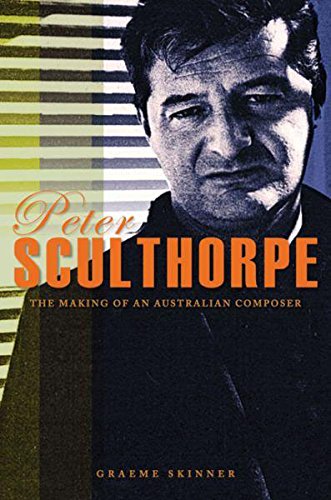
The piece “owes a debt,” as Sculthorpe put it, “to a setting of Aboriginal poetry, The Song of Tailitnama,” that he completed in 1976. He called Earth Cry itself a “straightforward and melodious work,” and explained that “we need to attune ourselves to this continent, to listen to the cry of the earth, as the Aborigines have done for many thousands of years.”
You’ll find plenty of information about Sculthorpe online, and he’s the subject of several books as well, including Graeme Skinner’s Peter Sculthorpe: The Making of a Composer (University of New South Wales Press, 2007).
□□□
If you’ve enjoyed today’s post, please share!
